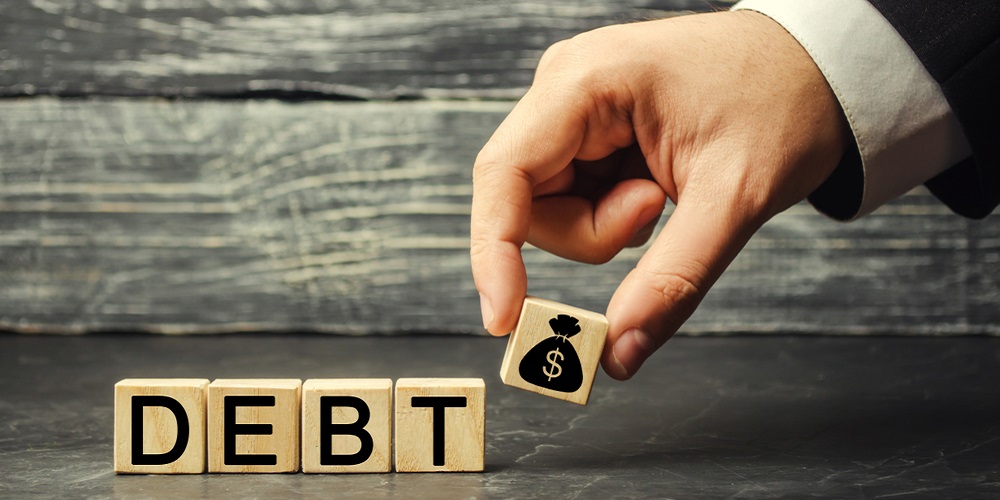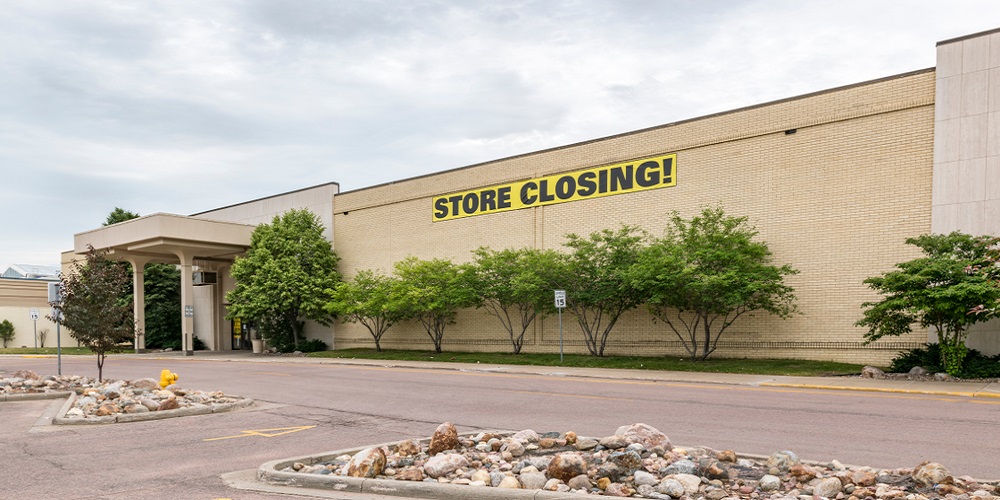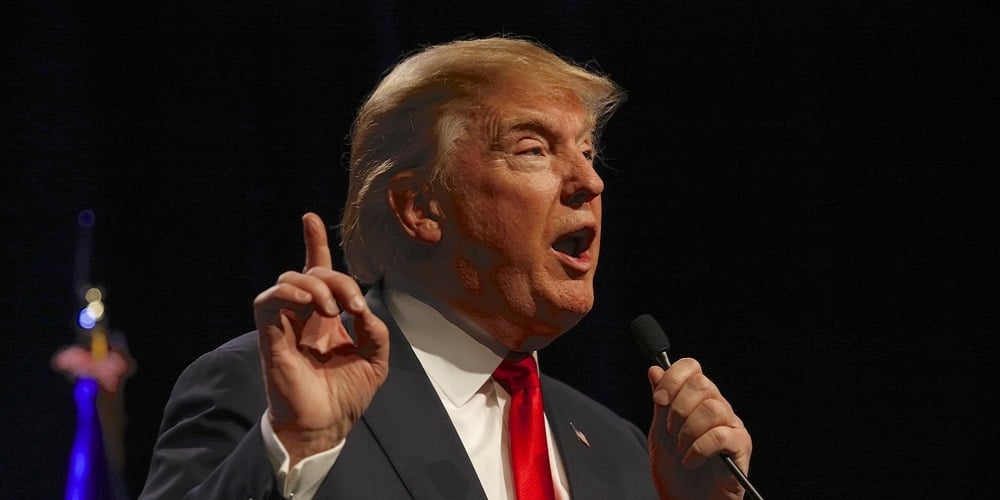“The economy is looking great,” how many times have they told you that? And why do you usually hear it when you are late on a mortgage payment or during a downsizing purge at your company? Relying on your senses is always a safer bet than trusting the wishful thinking of those who invested political capital in failed solutions. The chorus of voices warning about the next ‘Big One’ has become hard to ignore.
Also read: Money Laundering Fines Help Bankers Avoid Prosecution
A Pending Disaster, Worse Than the Last Crash
It looks like the next big financial crisis is coming, and while cycles are a natural feature of market economies under normal circumstances, this one is promising to be a bit different. The global economy has been somewhat expanding for the better part of the past decade, although many experts would say that governments and central banks have only reinflated the bubbles that popped in 2008. Indeed, what quantitative easing and record low interest rates mostly did was to mitigate the symptoms, not cure the disease.
The financial meltdown we had over 10 years ago was mostly caused by debt. But instead of addressing the core issue in a way that would allow a lasting solution, policy makers around the world led their economies into deeper debt by printing more money via quantitative easing (QE) and cutting interest rates to previously unseen low levels, below zero in some cases. The result of these futile efforts is a skyrocketing debt which actually dwarfs the pre-crisis borrowing.

Stock broker and financial commentator Peter Schiff, one of those who accurately predicted the Great Recession, believes the upcoming quake will be epicentered around sovereign debt and a crisis with the U.S. dollar, which has been the world’s reserve currency for many years. Borrowing now is greater than during the height of the last critical period, in 2009 – 2010. Thanks to Trump’s tax cuts for the wealthy, the United States government is running a billion-dollar-a-month budget deficit. Trade deficits are at record highs as well.
The U.S. debt surpasses $21 trillion, while the pace with which all debt grows is many times greater than the growth rate of GDP. According to the Lending tree website, collectively Americans owe 26% of their income to consumer debt, compared to 22% in 2010. The indicator is higher than during the credit boom in the mid-2000s. According to Ron Paul, a famous libertarian and a staunch critic of the federal government in Washington and its fiscal and tax policies, as the U.S. financial system unravels, “the seriousness of it will become evident to all, as the need to pay for our extravagance becomes obvious.”
This will make the country much poorer, [while] the elite class that manages such affairs will suffer the least.
In a video, published on the Liberty Report platform last year, Paul noted that by the time the QE ended, the central banks of the world had increased their balance sheets by $8.3 trillion, with only $2.1 trillion worth of GDP growth compensating. “This left 6.2 trillion dollars of excess liquidity in the banking system that did not go where the economic planners had hoped,” the former congressman remarked. And the result is that central banks now own almost $10 trillion of negative interest yielding bonds.
“The financial system has been left with a bubble mania financed by artificial credit and unsustainable debt,” Paul noted. The inflationary policy, he pointed out, is generated by the belief that there’s no benefit in allowing the needed economic correction to the problems generated by the Federal Reserve to occur. “The correction is what the market requires, not the resumptions and the dangerous inflationary policy that caused the bubble economy,” the maverick politician stressed.
Tell-Tale Signs That a Big One Is Coming
Many others say the financial system today is even more fragile than in 2007 and 2008. The cheap money the Fed and other central banks printed and gave out to commercial banks inflated the stock and bond market, instead of increasing the capital available to small businesses that are still driving the economy in many developed countries. Interest rate cuts have been creating another bubble in the real estate sector. Meanwhile, consumer debt has risen back to pre-crisis levels and corporate borrowing has soared. While some governments have reduced annual deficits, they continue to sit on mountains of debt.
The signs that many things aren’t going well have been mounting. The property market in the U.S., which triggered the previous crisis, is hurting again. The number of mortgage applications has been falling, despite the drop in the average interest rate, and existing home sales, which form about 90% of U.S. home sales, declined over 5% this spring from a year ago. At the same time, the 1.5 million new vehicles sold in the U.S. in June represent a decline of 4.7% from May and 2.8% year over year. Passenger car sales fell 9.5%, according to the automotive industry portal Marklines. Even iPhone sales fell 17% during the year’s first quarter.

It’s been reported that by April of this year, U.S. retailers had announced the upcoming closure of almost 6,000 stores, which exceeds the number for the whole of 2018. Meanwhile, credit card and auto loan delinquencies have hit a seven-year high. The number of unemployed Americans rose to 6 million in June, while those U.S. citizens, 16 years and over, that for various reasons are not in the labor force has increased to more than 96 million. The total of 102 million who don’t have a job exceeds the numbers during the recession. At the same time, many of the newly added jobs are not well paid as wage growth remains very slow. More than half a million people in the U.S. are homeless as they can’t afford to buy or rent a home.
Other early warning signs of upcoming troubles were highlighted by Sheila Bair, who headed the Federal Deposit Insurance Corporation (FDIC) during the 2008 crisis. She was among those who predicted the subprime mortgage crash and argued against bailing out the big banks. This time, she raised the alarm about several major areas of concern including the reduced bank capital requirements, federal budget deficit, private debt and also student loan debt. Bair is not an enemy of bitcoin and she thinks the U.S. dollar and other fiat currencies don’t have intrinsic value, either. “Let the market figure out what it’s worth,” she said about bitcoin during an interview with Barron’s last year.
Not a Single Problem Solved Since the Great Recession
Cryptocurrency is among the assets that can be used to protect your wealth when the next big crisis hits, according to Marc Friedrich, a finance strategy consultant and best-selling author based in Germany. He believes real assets limited by nature, such as land, real estate, and precious metals like gold and silver, can help you diversify your holdings, “but also Bitcoin, which is limited by math.”
In a recent edition of the Geopolitics & Empire podcast, Friedrich discussed the imminent financial recession and how we got to this point. “Since the 2008 crisis, we did not solve a single problem. We lowered the interest rates to a record low level and we flooded the world with cheap money. The central banks created one financial bubble after the other and now we have the biggest bubble in history,” he said. The analyst thinks the bubble is everywhere now, not only in the financial market, but in government bonds as well.
Trillions of dollars spent to solve the problem just created a new mess, a bigger bubble and when this one bursts, 2008 will look like a kindergarten. This one will be epic.
The economist, who wrote one of Germany’s most successful business books in 2014, “The Crash is the Solution: Why the Ultimate Collapse is Coming and How You Can Protect Your Wealth,” warned that societies today have problems everywhere, from the homelessness issues in the U.S. to the refugee crisis in Europe. Marc Friedrich thinks the coming recession can bring the end of the euro, a monetary union between economies with significant differences.
“We have a historically low interest rate. It’s been 0% for three years since 2016,” he remarked, pointing out that Mario Draghi is the first president of the European Central Bank who never raised the interest rate during his term. “Australia has the lowest interest rates in history, at 1%, the Chinese national bank cut the rates lower than ever before, even during the 2008 financial crisis, at 3.5%. It’s a race between dying currencies,” Friedrich stated. He also warned that the recipe used to deal with the last recession – printing money and cutting interest rates – will not work this time and China won’t be able to bail out the rest.
No Tools to Deal With the Next Crisis
Former Federal Reserve Chair Janet Yellen shares similar fears: “I think it is a real concern that the Fed might not have all the tools that are needed in order to respond [to a new crisis]. The fundamental reason why it’s a problem is that even before the financial crisis, the general level of interest rates in most developed economies, including the United States, had been drifting down,” she said in an interview with Yale Insights this past December.
While financial cycles are a natural occurrence in a market economy, political cycles are pertinent to liberal democracy. Unfortunately, as it turns out, both can bring suffering to the individual. During the post-recession years, the Federal Reserve gradually raised the interest rate in the U.S. to 2.5%. In the eve of the 2020 presidential elections, however, pressure from the White House is mounting for a cut. Maintaining that the Fed is independent from the executive power, the Chairman of the Federal Reserve Jerome H. Powell, nevertheless, admitted that the central bank is weighing whether another rate reduction will be necessary.

“We are in a big, fat, ugly bubble,” Donald Trump said back in 2016, when his bid to take over the White House was on the line. Now, in the eve of 2020, which ironically has been coined by pundits as the Year of the Next Big One, the fight is to keep the White House. And he is probably hoping that a rate cut would provide a pre-election boost to the economy. Although such a move might yield short-term results in the form of economic and political capital, many like Marc Friedrich fear it would only temporarily inflate a stock market bubble.
The rising prices of cryptocurrencies in the past few months indicate that more and more investors, but also many ordinary people, see in these decentralized digital assets an opportunity to hedge against the upcoming fiat crash. Getting into the ecosphere has its challenges but crypto companies have been successfully developing services that make it easier. For example, Bitcoin.com can help you buy both bitcoin cash (BCH) and bitcoin core (BTC) in a few easy steps, using a credit card and without the need to visit a crypto exchange.
Do you think the next big financial crisis is coming in 2020? Share your thoughts on the subject in the comments section below.
Images courtesy of Shutterstock.
Do you need a reliable bitcoin mobile wallet to send, receive, and store your coins? Download one for free from us and then head to our Purchase Bitcoin page where you can quickly buy bitcoin with a credit card.
The post The Next Big Financial Meltdown Is Around the Corner, Many Voices Warn appeared first on Bitcoin News.














